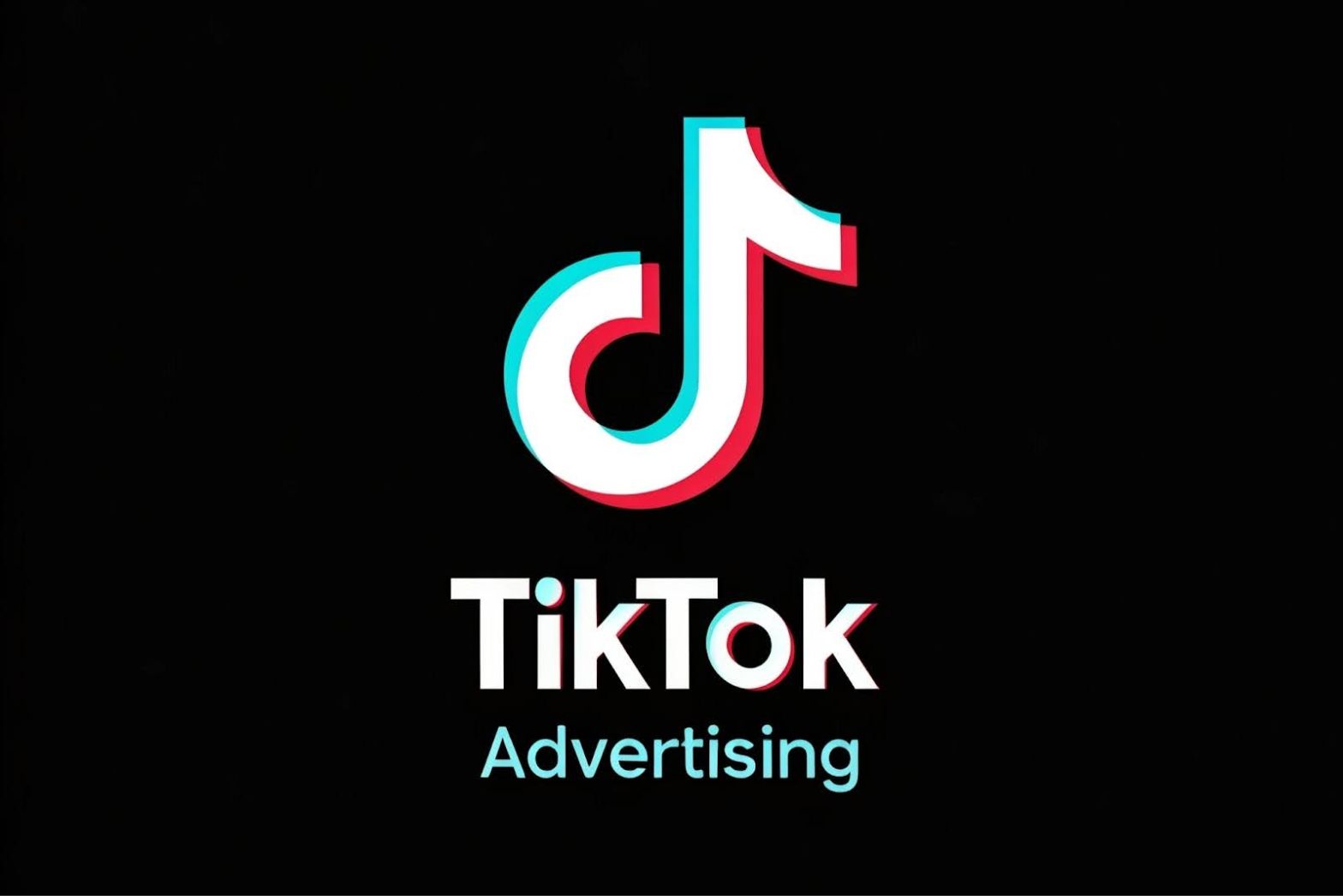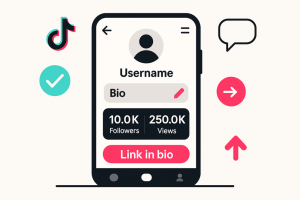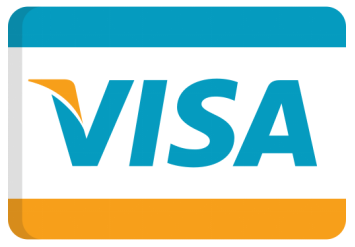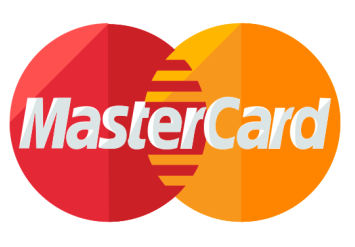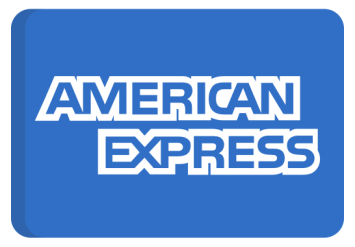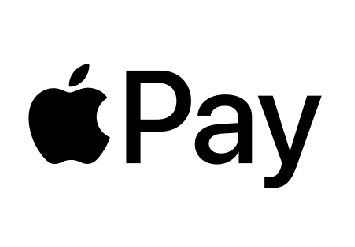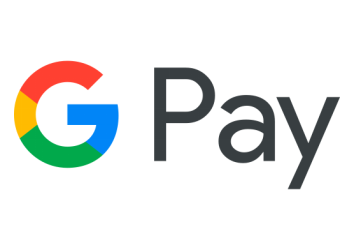Key Takeaways
- TikTok ads start at $10 per CPM (cost per 1,000 impressions) but can vary depending on the ad format, campaign type, and audience targeting.
- The platform offers flexible pricing models, including CPM, CPC, oCPM, CPV, and CPA, giving businesses multiple ways to manage their ad spend.
- TikTok’s creative ad formats, such as In-Feed Ads, Brand Takeovers, and Hashtag Challenges, allow brands to connect with diverse audiences effectively.
- Ads on TikTok perform best when engaging and authentic, as the platform rewards creative content with better reach and reduced costs.
- Industries like Finance and Technology face higher competition and ad costs, while Retail and Food sectors often benefit from lower CPMs.
- Seasonal trends like Black Friday and holiday shopping seasons can drive up advertising costs, making off-peak campaigns more budget-friendly.
- Smart targeting, testing, and bidding strategies can help businesses maximize their ROI and reach their goals on TikTok.
With its massive audience and viral potential, TikTok has become a goldmine for businesses. From quirky dance trends and catchy lip-syncs to oddly satisfying videos of cake decorating, TikTok knows how to grab attention and hold it. For brands, that’s priceless.
But let’s talk numbers: how much do TikTok ads cost?
The short answer: TikTok ads start at $10 per CPM (cost per 1,000 views), but the total price can vary depending on your campaign type, goals, and audience.
Sounds simple, right? Well, not so fast. There’s a little more to it than just throwing money at the platform and hoping for the best.
What’s this “more”? Find out in this detailed guide.
Are TikTok Ads Worth It?
Here’s why TikTok ads are worth considering for businesses aiming to boost engagement and drive results:
- Massive Global Reach: TikTok has over 1.2 billion monthly active users as of July 2024. The platform is widely used in countries like the United States, Indonesia, and Brazil, making it ideal for targeting diverse audiences.
- High Engagement Levels: Users spend an average of 52 minutes per day on TikTok, providing advertisers with significant opportunities to reach an active audience.
- Proven Advertising Results: Studies indicate that 97% of TikTok campaigns for entertainment, such as shows, movies, and live events, lead to measurable increases in audience engagement and actions.
- Rapid Growth in Advertising Revenue: TikTok’s ad revenue is expected to exceed $53 billion by 2027, highlighting its growing importance in digital advertising.
- Unmatched Ad Creativity and Quality: TikTok ranks as the top platform globally for ad quality, with 68% of users describing its ads as more creative and engaging compared to other platforms.
- Influencer Marketing Success: Partnerships with TikTok influencers drive results, with campaigns seeing up to a 700% increase in views and a 17.5% conversion rate. This makes influencer marketing a valuable addition to TikTok advertising strategies.
- Cost-Effectiveness: TikTok ads are often more affordable than those on other platforms like Facebook or Instagram. This allows businesses to achieve a higher return on ad spend (ROAS), which averages 30% higher than other channels.
- Action-Driven Audience: TikTok’s format encourages users to take action, with 92% of viewers engaging in some way after watching a video. This leads to stronger brand interaction and higher chances of conversion.
Types of TikTok Ads
TikTok offers a variety of advertising formats to help brands connect with their target audiences effectively, and these include:
1. In-Feed Ads: These ads appear within users’ “For You” feed, blending seamlessly with organic content. Users can interact by liking, commenting, sharing, and following. In-feed ads support various call-to-action (CTA) options, directing users to landing pages or app downloads.
2. TopView Ads: Displayed when users open the app, TopView Ads are full-screen videos that can last up to 60 seconds. They automatically play with sound, capturing immediate attention and offering high visibility.
3. Brand Takeover Ads: These are full-screen ads that appear upon app launch, featuring static images, GIFs, or videos. Brand Takeovers are exclusive to one advertiser per day, ensuring maximum exposure. They can include embedded links to landing pages or Hashtag Challenges.
4. Branded Hashtag Challenges: Encouraging user participation, these challenges invite users to create content around a specific hashtag. They typically run for six days and include prominent placement on TikTok’s Discover page, fostering user-generated content and engagement.
5. Branded Effects: Brands can create custom filters, stickers, and augmented reality (AR) effects that users can incorporate into their videos. These effects are available for up to 10 days, enhancing brand interaction and visibility.
6. Spark Ads: This format allows brands to boost their own organic content or user-generated content that features their products or services. Spark ads maintain the organic feel of native content while providing the benefits of paid advertising, such as increased reach and engagement.
7. Collection Ads: These ads combine video with a product catalog, enabling users to browse products directly within the ad. When users tap on the ad, they are taken to an Instant Gallery Page, a fast-loading landing page that showcases a curated collection of products.
8. Carousel Ads: Carousel Ads allow brands to feature up to 10 images within a single ad, each with its own caption. This format is ideal for showcasing multiple products or highlighting different features of a single product.
TikTok Ads Pricing Models
TikTok offers several pricing models for advertisers to choose from, including:
- CPM (Cost Per Mille): This model charges advertisers a fixed rate for every 1,000 impressions their ad receives. It’s ideal for campaigns focused on building brand awareness and increasing visibility.
- CPC (Cost Per Click): With CPC, payment is required only when someone clicks on your ad. This model is effective for campaigns designed to drive traffic to a specific website or landing page.
- oCPM (Optimized Cost Per Mille): TikTok’s oCPM uses an auction-based system to display ads to users most likely to take specific actions, such as downloading an app or completing a purchase. This model works well for campaigns focused on driving conversions or app installs.
- CPV (Cost Per View): Advertisers pay only when users watch a video ad for a set duration, such as six seconds. This model ensures views are highly engaged and provides better value for campaigns aimed at audience retention.
- CPA (Cost Per Action): With CPA, advertisers pay for specific user actions, such as signing up, purchasing a product, or installing an app. This model is ideal for businesses looking to achieve tangible results.
Average TikTok Ad Costs
TikTok’s ad costs can vary based on factors like ad format, campaign objective, target audience, and industry. However, based on reports and industry benchmarks, here are some typical costs for various TikTok ad types:
- In-Feed Video Ads: These native ads blend seamlessly into users’ For You feeds. Costs typically range from $0.10 to $0.30 per click or $6 to $10 per 1,000 impressions (CPM). Campaigns targeting broader or high-demand audiences may see CPMs reaching $15 or more.
- Brand Takeover Ads: Highly visible full-screen ads that appear when users open the app. Due to their exclusivity and high reach, these ads cost between $50,000 and $150,000 per day.
- Branded Hashtag Challenges: Interactive campaigns that invite users to create content using a specific hashtag. These campaigns start at around $115,000 and can cost as much as $750,000, depending on promotion and complexity.
- Influencer Marketing: Collaborating with TikTok creators can cost a few hundred dollars for micro-influencers and up to tens of thousands for top-tier creators. This strategy is great for targeting specific niches and building trust with engaged audiences.
- Spark Ads: TikTok’s self-serve option allows businesses to promote existing posts or user-generated content. Spark a ds start at $5 per day, with average CPMs ranging from $2 to $4, making them a budget-friendly option for small businesses.
- Premium Formats for Big Campaigns: For brands with significant budgets, options like Branded Effects and Collection Ads offer unique ways to engage audiences, often starting at higher costs due to their interactive elements and reach.
Factors That Influence TikTok Advertising Costs
The price of running ads on TikTok depends on several practical elements. These factors can help businesses set realistic budgets and fine-tune their strategies:
- Ad Type: Simple ad formats like In-Feed Ads are more affordable, while premium options such as Brand Takeovers and Hashtag Challenges demand higher budgets due to their reach and engagement potential. Choosing the right type for your goals affects overall costs.
- Campaign Objective: Your ad costs depend on what you aim to achieve. Campaigns designed to build awareness are often less expensive, while those focused on driving purchases or app downloads tend to cost more.
- Audience Targeting: Focusing on specific demographics or interests increases costs. Reaching niche audiences or users in high-demand regions often requires higher bids.
- Industry Competition: Certain industries, like Finance and Technology, face more competition, which raises ad costs. Other sectors, such as Food and Retail, may see more budget-friendly rates depending on demand.
- Seasonal Demand: Advertising during popular shopping periods, such as Black Friday or the holiday season, can raise costs as more advertisers compete for visibility. Off-season campaigns may offer better pricing.
- Ad Performance: Engaging and creative ads tend to perform better and cost less over time. TikTok favors ads with strong engagement, making it important to focus on content that resonates with the audience.
- Bidding Strategy: The bidding method you select impacts costs. Higher bids often secure better placements, while options like Cost Cap and Lowest Cost help control spending.
- Geographic Location: The cost to advertise varies by region. Targeting countries with higher spending power usually costs more than reaching audiences in less competitive areas.
How to Make the Most of Your TikTok Advertising Budget
Getting the best results from TikTok ads doesn’t always mean spending more. Smart planning and creative strategies can help you stretch your budget and maximize your return. Here are a few tips to keep your costs manageable while achieving your campaign goals:
- Choose the Right Ad Format: Select ad formats that align with your goals. In-feed ads might work well to boost brand awareness. Formats like Branded Hashtag Challenges are worth considering despite their higher costs for campaigns targeting massive engagement.
- Focus on Targeted Campaigns: Narrow your audience to reach the people most likely to engage with your ad. This reduces wasted impressions and helps you get better results without overspending.
- Test and Adjust: Start with smaller budgets and test different creatives, audiences, and formats. Use the data to refine your campaign and allocate your budget toward what works best.
- Leverage TikTok’s Bidding Strategies: Experiment with TikTok’s bidding options like Cost Cap or Lowest Cost. These strategies help you balance spending and results, ensuring your budget delivers value.
- Create Engaging Content: TikTok rewards ads that feel natural and resonate with its audience. Focus on creating authentic, creative, and visually dynamic ads to drive engagement and reduce costs over time.
- Time Your Campaigns Wisely: Plan ads during less competitive periods to avoid high costs during peak seasons. Scheduling campaigns when demand is lower can help stretch your budget further.
Conclusion: Strengthen Your TikTok Strategy
TikTok allows businesses to connect with audiences, increase engagement, and establish a strong online presence. Choosing the right ad formats, creating authentic content, and managing your budget effectively can help you achieve meaningful results on this platform.
At Bulkoid, we provide real TikTok followers, comments, shares, views, and likes to enhance your profile’s credibility and engagement. Contact us today to learn how our services can support your TikTok marketing efforts and help you achieve your goals.
Frequently Asked Questions
How much do TikTok ads cost?
TikTok ads start at $10 per CPM (cost per 1,000 impressions) for most campaigns. More advanced formats, like Brand Takeovers, can cost between $50,000 and $150,000 per day. Campaign objectives, audience targeting, and ad format influence the overall cost.
What’s the best ad format for small businesses on TikTok?
Small businesses often find in-feed ads and spark ads effective, as they are budget-friendly and allow for creative storytelling. These formats help engage audiences without requiring a large ad spend.
Are TikTok ads worth it for driving sales?
Yes, TikTok ads have shown strong results in driving sales and conversions. Around 56% of users report purchasing a product after seeing it advertised on TikTok. The platform’s high engagement levels make it effective for increasing revenue.
How can I lower my TikTok ad costs?
Lowering ad costs involves focusing on engaging content, narrowing your audience targeting, and running campaigns during less competitive seasons. Testing and refining your campaign regularly can also help optimize spending.
Can I advertise on TikTok with a small budget?
Yes, TikTok’s self-serve ad platform allows for smaller budgets. You can start with as little as $20 per day for ad groups or $50 for a total campaign budget. Spark ads and targeted campaigns are great options for smaller budgets.
How does TikTok compare to other social media platforms for advertising?
TikTok often has lower CPMs compared to platforms like Facebook or Instagram during peak seasons. Its creative and authentic nature also allows brands to connect with younger audiences in a way that feels more organic.

